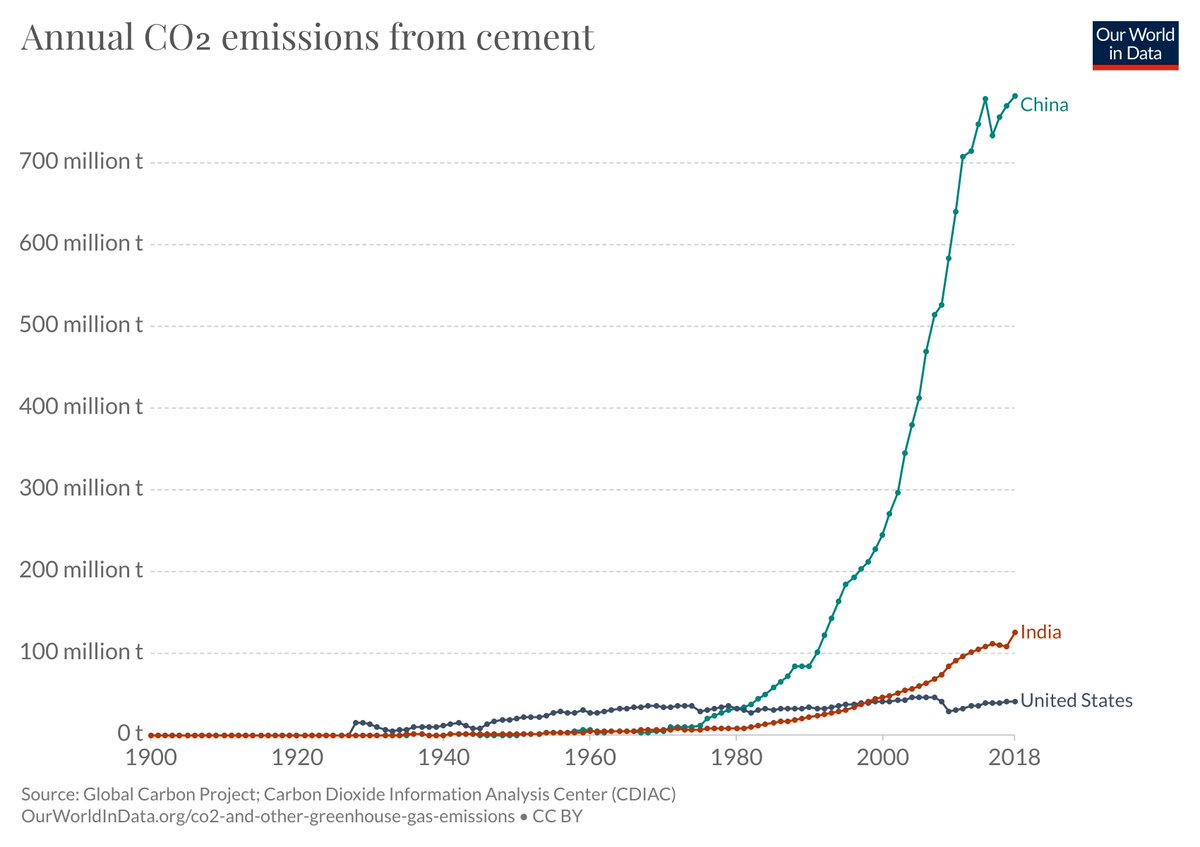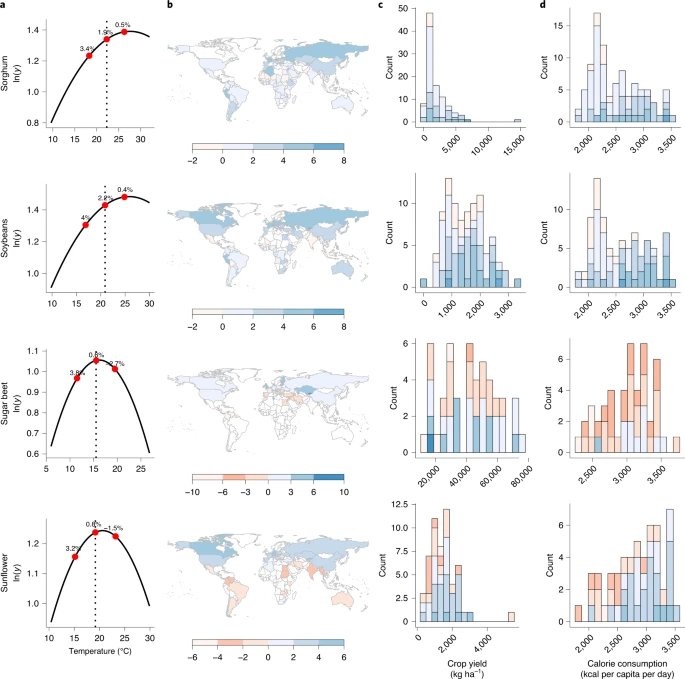
"We only have 100 / 60 / 30 harvests left" often hits the headlines. It's a myth. No scientific basis to it.
In fact, soil erosion rates span five orders of magnitude. Some are eroding quickly, some very little, and others are actually thickening.
1/
ourworldindata.org/soil-lifespans
In fact, soil erosion rates span five orders of magnitude. Some are eroding quickly, some very little, and others are actually thickening.
1/
ourworldindata.org/soil-lifespans
First global assessment of soil lifespans by @DanEvansol & colleagues shows:
→ lifespans cross five orders of magnitude
→ 16% had < 100 years
→ 50% had > 1000 years
→ One-third had > 5000 years
→ some soils are thickening
2/
→ lifespans cross five orders of magnitude
→ 16% had < 100 years
→ 50% had > 1000 years
→ One-third had > 5000 years
→ some soils are thickening
2/

So the "60 harvests left" claim is overblown. But it shouldn't detract from the fact that soil erosion *is* a problem.
Thankfully there are things we can do:
→ cover cropping
→ minimal or no-till
→ contour cultivation
These soils showed longer lifespans in the study.
3/
Thankfully there are things we can do:
→ cover cropping
→ minimal or no-till
→ contour cultivation
These soils showed longer lifespans in the study.
3/
Once again: you cannot reduce all of the world's soils to a single figure.
This study used 'net erosion rates of the topsoil layer' as a best proxy. Even using this single metric, differences spanned orders of magnitude.
4/
This study used 'net erosion rates of the topsoil layer' as a best proxy. Even using this single metric, differences spanned orders of magnitude.
4/
Many thanks to @DanEvansol & colleagues for their research on this.
Their work should get much more media attention than the bold claims that are not backed up by the science.
Their work should get much more media attention than the bold claims that are not backed up by the science.
• • •
Missing some Tweet in this thread? You can try to
force a refresh













